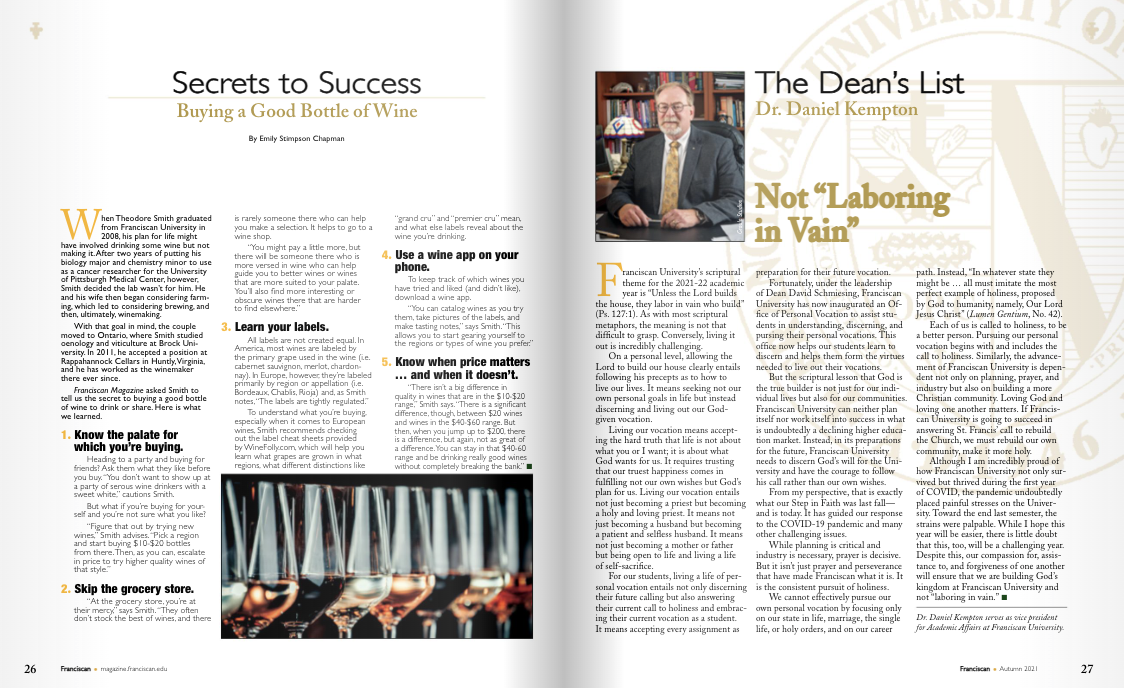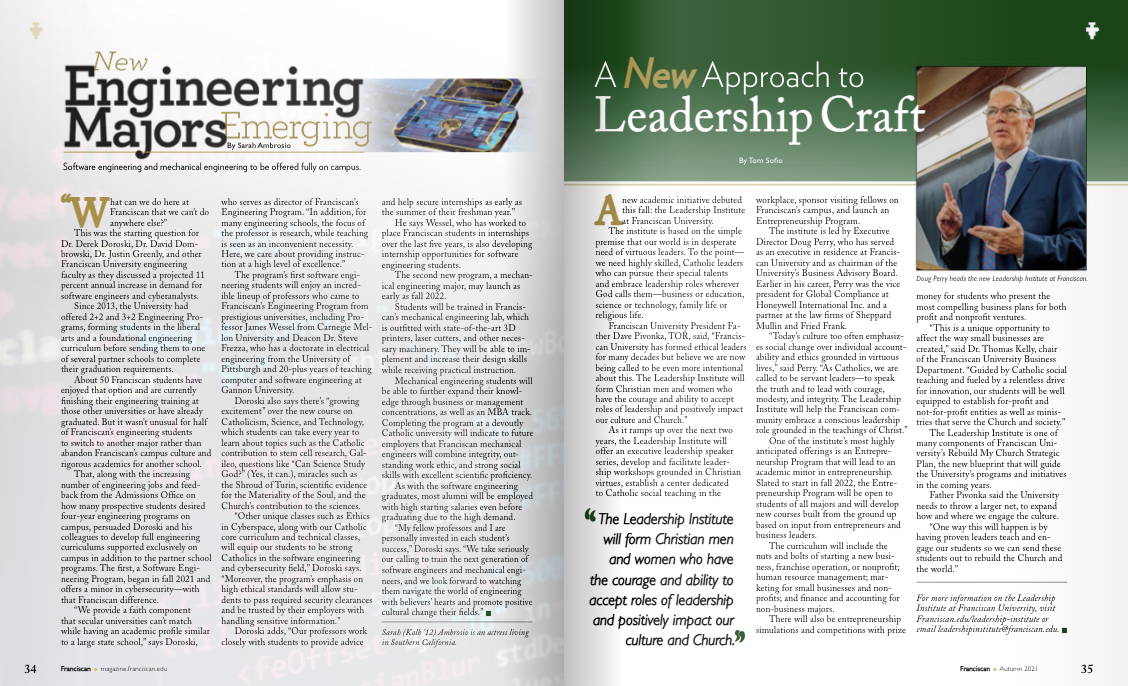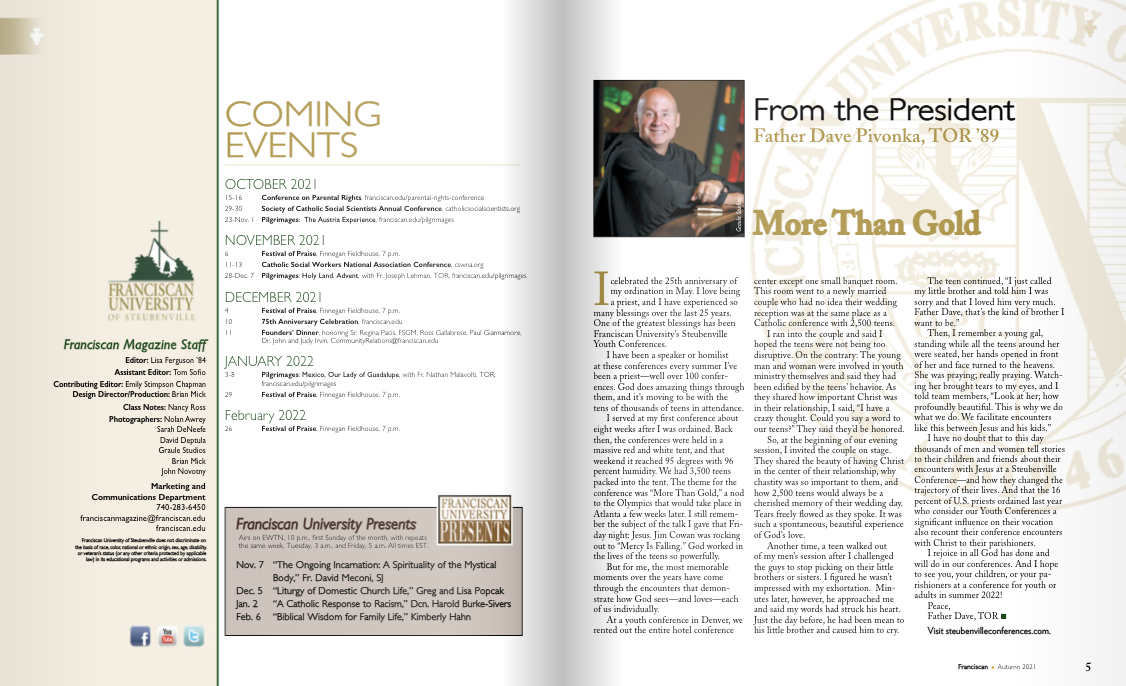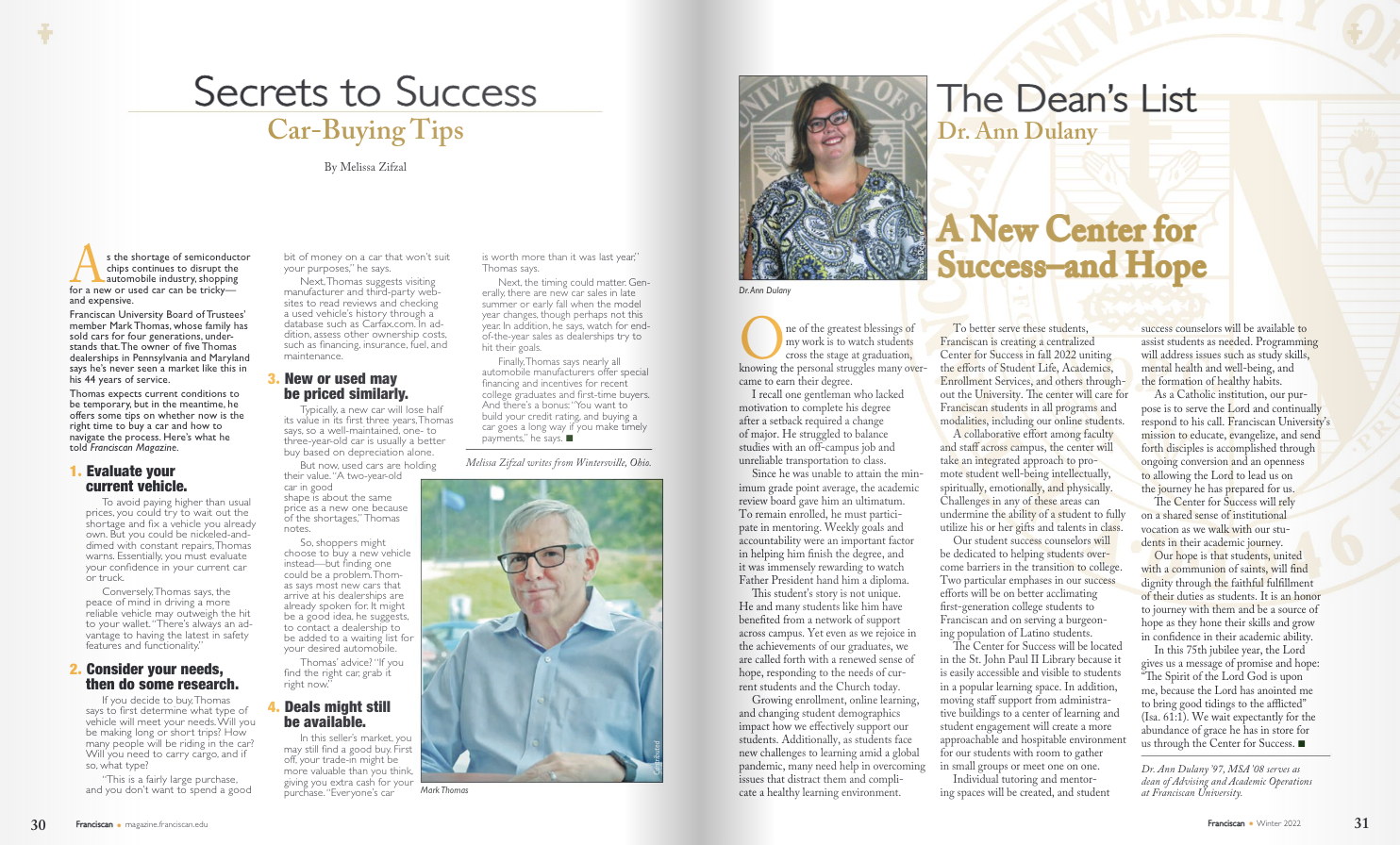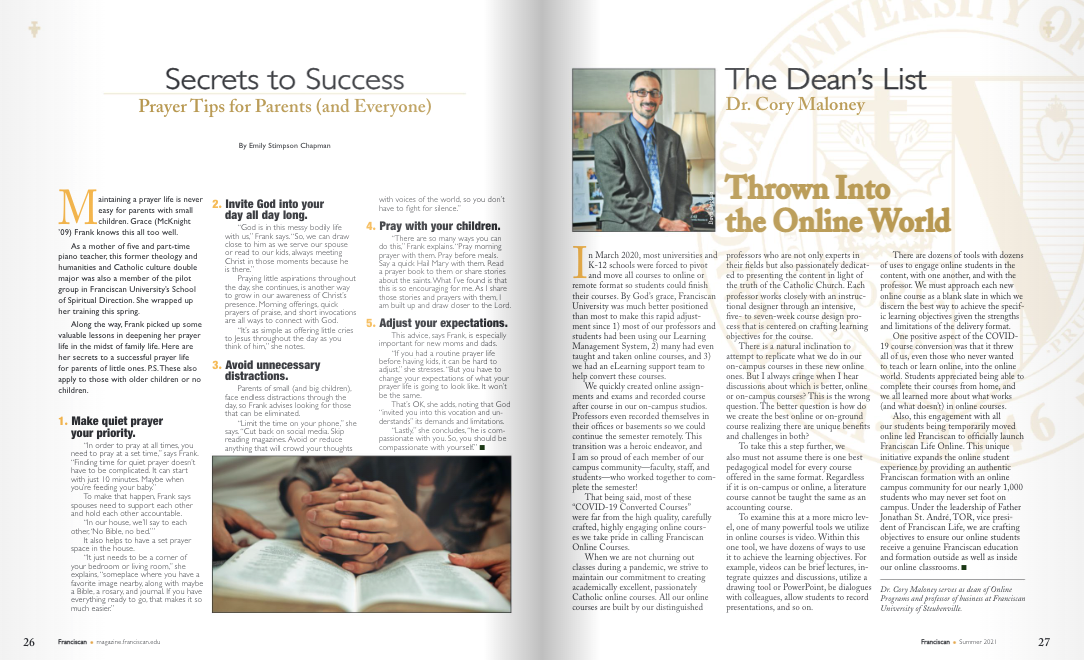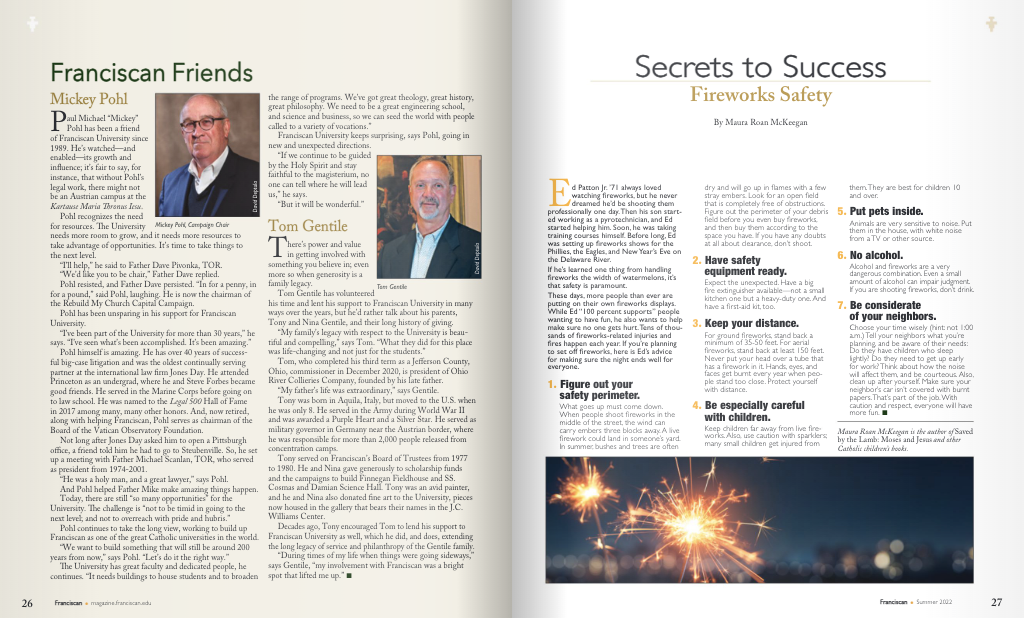Buying a Good Bottle of Wine

Buying a Good Bottle of Wine
Winemaker Theodore Smith ’08 shares secrets to buying a good bottle of wine.
Autumn 2021 | Emily Stimpson Chapman
When Theodore Smith graduated from Franciscan University in 2008, his plan for life might have involved drinking some wine but not making it. After two years of putting his biology major and chemistry minor to use as a cancer researcher for the University of Pittsburgh Medical Center, however, Smith decided the lab wasn’t for him. He and his wife then began considering farming, which led to considering brewing, and then, ultimately, winemaking.
With that goal in mind, the couple moved to Ontario, where Smith studied oenology and viticulture at Brock University. In 2011, he accepted a position at Rappahannock Cellars in Huntly, Virginia, and he has worked as the winemaker there ever since.
Franciscan Magazine asked Smith to tell us the secret to buying a good bottle of wine to drink or share. Here is what we learned.
1. Know the palate for which you’re buying.
Heading to a party and buying for friends? Ask them what they like before you buy. “You don’t want to show up at a party of serious wine drinkers with a sweet white,” cautions Smith.
But what if you’re buying for yourself and you’re not sure what you like?
“Figure that out by trying new wines,” Smith advises. “Pick a region and start buying $10-$20 bottles from there. Then, as you can, escalate in price to try higher quality wines of that style.”
2. Skip the grocery store.
“At the grocery store, you’re at their mercy,” says Smith. “They often don’t stock the best of wines, and there is rarely someone there who can help you make a selection. It helps to go to a wine shop.
“You might pay a little more, but there will be someone there who is more versed in wine who can help guide you to better wines or wines that are more suited to your palate. You’ll also find more interesting or obscure wines there that are harder to find elsewhere.”
3. Learn your labels.
All labels are not created equal. In America, most wines are labeled by the primary grape used in the wine (i.e. cabernet sauvignon, merlot, chardonnay). In Europe, however, they’re labeled primarily by region or appellation (i.e. Bordeaux, Chablis, Rioja) and, as Smith notes, “The labels are tightly regulated.”
To understand what you’re buying, especially when it comes to European wines, Smith recommends checking out the label cheat sheets provided by WineFolly.com, which will help you learn what grapes are grown in what regions, what different distinctions like “grand cru” and “premier cru” mean, and what else labels reveal about the wine you’re drinking.
4. Use a wine app on your phone.
To keep track of which wines you have tried and liked (and didn’t like), download a wine app.
“You can catalog wines as you try them, take pictures of the labels, and make tasting notes,” says Smith. “This allows you to start gearing yourself to the regions or types of wine you prefer.”
5. Know when price matters … and when it doesn’t.
“There isn’t a big difference in quality in wines that are in the $10-$20 range,” Smith says. “There is a significant difference, though, between $20 wines and wines in the $40-$60 range. But then, when you jump up to $200, there is a difference, but again, not as great of a difference. You can stay in that $40-60 range and be drinking really good wines without completely breaking the bank.”




